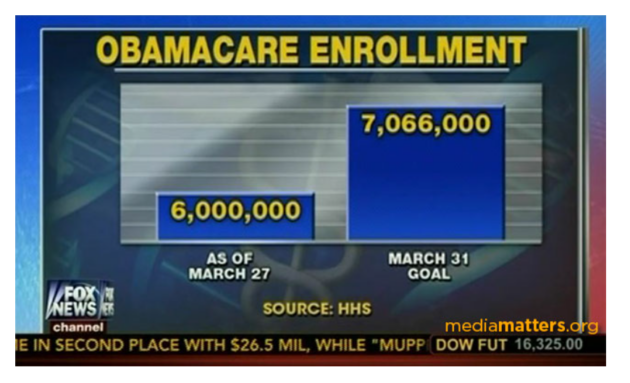Government Communications Service
|
|
Enhancing trust in the communication of statistics
Blog posted by: Simon Baugh, 05 February 2024.
Simon Baugh, Chief Executive of GCS, explores a developing relationship between the GCS and the Office for Statistics Regulation.
As communication professionals, we use insights to create stories, implement ideas and deliver impactful communications. Statistics can be a great way to bring these messages to life by providing evidence and breaking down complex messages, but communication professionals are not usually statistics experts, and this can sometimes be reflected in a lack of confidence, or a lack of clarity, on best practice around communicating with statistics.
So how can we ensure the best available statistics are used to promote trust and benefit the public we reach?
I recently met Ed Humpherson, Head of the Office for Statistics Regulation (OSR), to discuss how we can all play a role in using statistics and data across government, to convey important messages and communicate information. Ed and his team at OSR are passionate about the idea of statistics serving the public good and are guided by the Code of Practice for Statistics.
As Ed explained:
“Statistics serving the public good is more than producing the numbers in the first place. It requires statistical leadership across government, and a commitment to trustworthy communication of statistics by following what OSR calls the ‘principles of intelligent transparency.”
But what does intelligent transparency mean?
“Put simply, it means proactively taking an open, clear and accessible approach to the publication of data, statistics and wider analysis. The principles are not difficult, in fact they’re straightforward and help the numbers inform the story – not become the story.”

The image shows a graph on Fox News showing Obama care enrolment figures showing ‘as of March 27 6,000,000 enrolled with the March 31 goal being 7,006,000’. The source is HHS.
Here is an infographic example that is misleading with issues such as no axis, timeline, correct scaling or easily linked source.
If numbers are used in an unsupported way, with no context or explanation, it undermines confidence in the individual or organisation communicating as well as the wider statistics and data that the organisation produces.
Numbers that appear to be selectively chosen for an interesting or important piece of news can leave people feeling confused and then sceptical over a figure that has been widely used.
This is how issues can gain traction, leading the public to complain to OSR as the independent ‘stats watchdog’ seeking clarity and further explanation.
Underpinning this is a need for deeper and richer collaboration between the analysis, policy, and communications functions. Any government department or agency can be thought of as a constellation of different professions that come together. Ed and I both agree that a good cross profession collaboration is the key to getting this right, linking specialisms to ensure a well-rounded and robust professional outcome.
I asked Ed to share his top tips for trustworthy communications and he highlighted:
- Check whether the figures you are using are already available in the public domain and make sure you provide a source
- Find out if there are any important caveats or limitations which should be highlighted alongside the figures
- For infographics or visuals, do they have a clear source and be understood when viewed in isolation?
And very importantly, speak to your Head of Profession for Statistics, or other analytical colleagues, for advice on how to present numbers fairly in all external communications.
This is a useful starting point for government communications. It is incredibly important that we show we are trustworthy, especially when representing statistics to the public on behalf of the government.
As we start 2024, I am keen to keep sharing great examples of communicating statistics. I am also going to be working more closely with OSR and will take part in a ‘communicating statistics’ event they are hosting in the Spring.
Further Information – OSR is the regulatory arm of the UK Statistics Authority, a non-ministerial department that reports directly to Parliament. They regulate the official statistics produced by any part of the UK Government and remain separate from any statistics producer to ensure trustworthiness, quality and value in all official production and use. Their role is to protect the role, use and consumption of statistics in public debate. OSR has created a senior leader and comms specific Code guidance note. Their staff write blogs to help communicators e.g. – Talking Numbers and Making Them Count.
If you are interested in more guidance on intelligent transparency, wider support materials for communicating statistics (see video), or have questions please contact Regulation.Support@statistics.gov.uk.
Original article link: https://gcs.civilservice.gov.uk/blog/enhancing-trust-in-the-communication-of-statistics/


